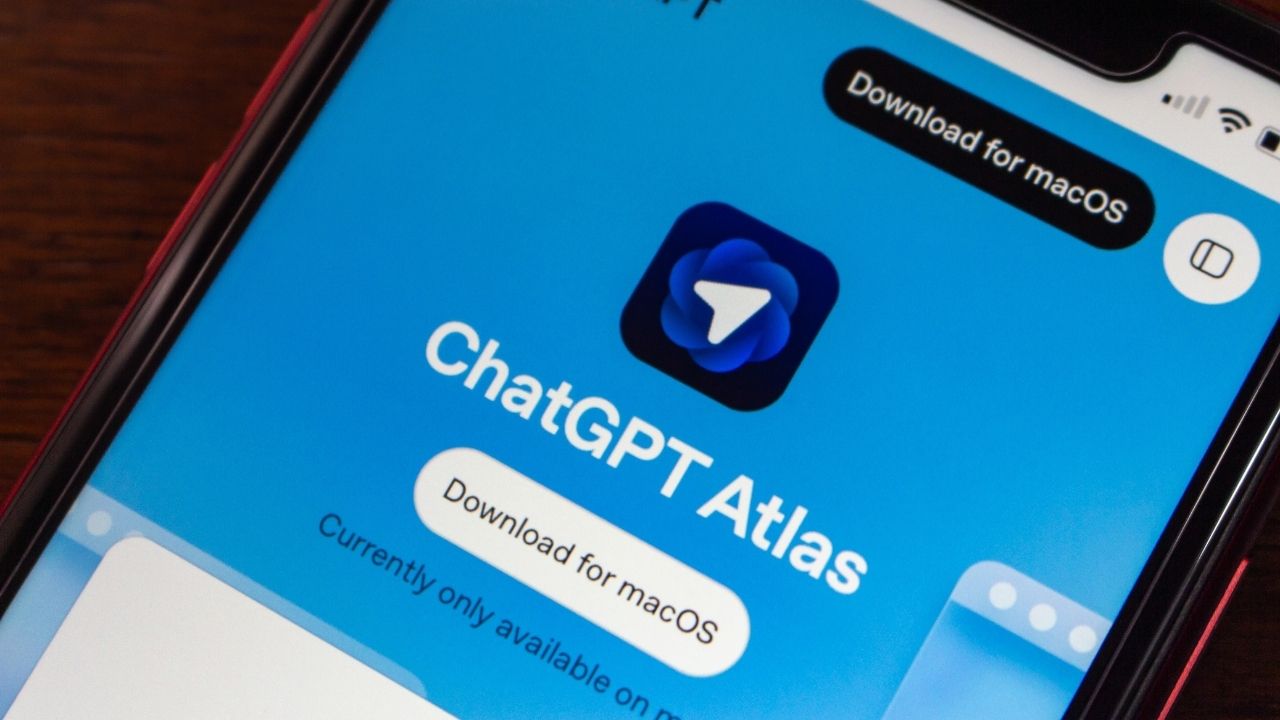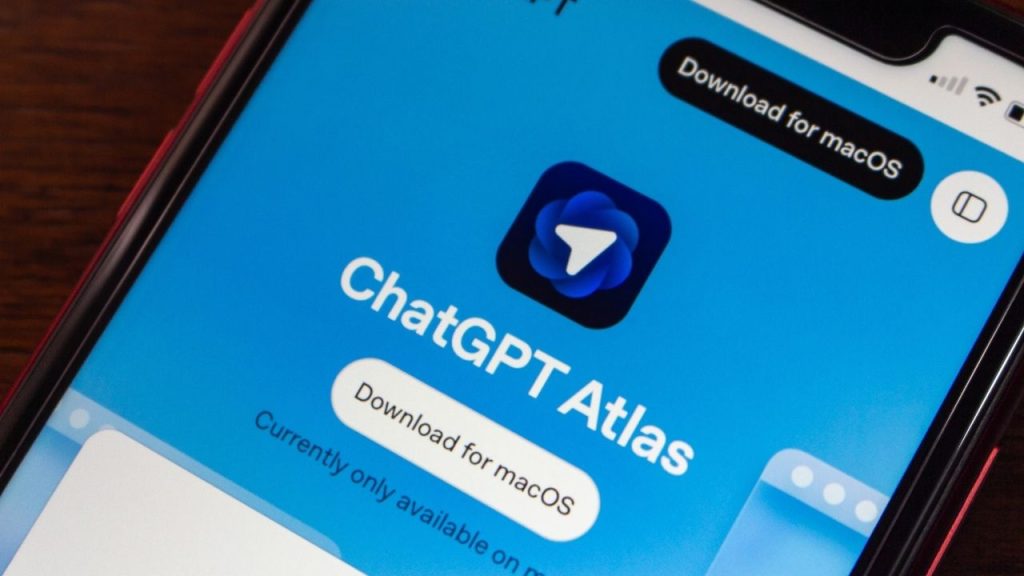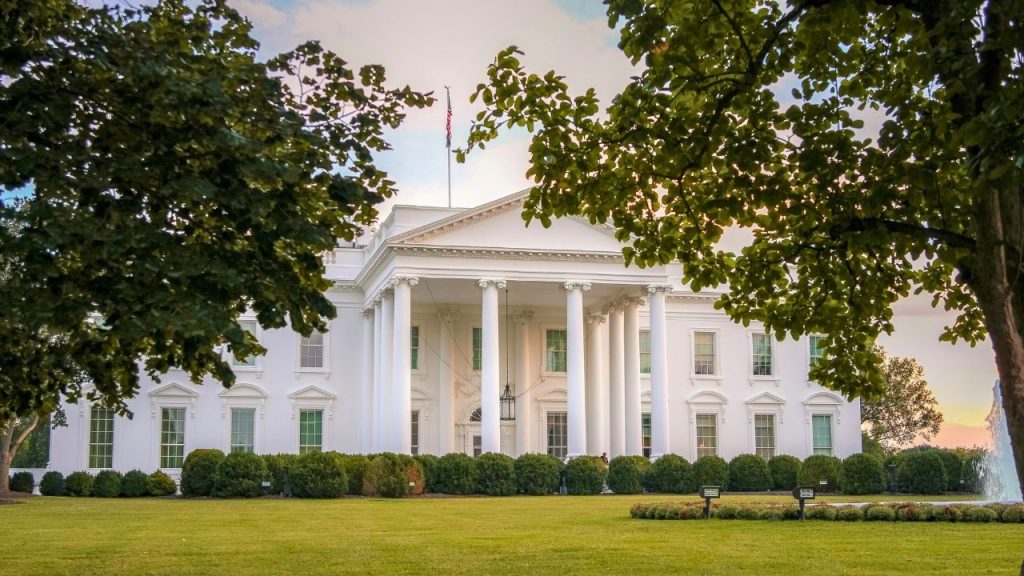When the government shuts down Washington debates budgets and blame, but far from Capitol Hill, it’s grocery bills, mortgages, and mental health that take the hit.
When Power Plays Become Real People Problems
As The Guardian reported, President Donald Trump has called the shutdown an “unprecedented opportunity” to downsize the federal government and eliminate what he describes as “Democrat agencies.” On his social platform, Truth Social, he boasted about meeting with budget chief Russell Vought, an architect of Project 2025, to discuss which departments might face temporary or permanent cuts.
This marks the second day of a funding lapse that began when Democrats refused to back a GOP proposal linking continued government operations to healthcare concessions. In the days since, agencies have furloughed thousands of workers, federal assistance has slowed, and ripple effects are being felt from Washington to small towns built around federal contracts.
Paychecks Frozen, Lives on Hold
At first glance, the shutdown is a numbers story: hundreds of thousands of workers furloughed, billions in halted projects. But its impact plays out most clearly in individual lives.
In Richmond, Virginia, federal employee Carla Diaz said she’s “rationing gas and groceries” while waiting for clarity. “It’s not just missing a paycheck—it’s the anxiety,” she said. “You don’t know when things will normalize.”
At a USDA field office in Kansas, inspectors have been told to stop work on food safety reviews. “Farmers can’t move shipments without those sign-offs,” said a regional agriculture manager who requested anonymity. “When that stalls, local economies stall.”
In Florida’s Panhandle, a small business owner who supplies parts to a nearby Air Force base described the sudden freeze in orders says, “We’ve been through shutdowns before, but this one feels different—more targeted. The uncertainty hurts planning, hiring, everything.”
Community Services on Pause
Federal programs important to community life are also faltering. Head Start centers in several states are closing their doors, forcing parents to scramble for childcare.
The Women, Infants and Children (WIC) nutrition program has begun suspending benefits in some regions as reserves run out. National parks are closing gates, stranding travelers and costing nearby towns peak-season revenue.
Local officials are juggling the fallout. “When you lose those federal dollars, the counties are the ones who feel it first,” said Polk County, Iowa, supervisor Matt McCoy. “We’re already dipping into contingency funds to keep essential programs running another week or two.”
Political Theater, Personal Consequences
For many of us, the rhetoric from Washington feels detached from the reality we actually face.
Trump’s framing of the shutdown as an “opportunity” to accelerate ideological goals like cutting departments and re-evaluating federal grants transforms what’s historically seen as a policy failure into a political weapon.
“This isn’t about fiscal discipline; it’s about power,” said Dr. Lisa Ramos, a political scientist at Arizona State University. “Each shutdown chips away at public trust and normalizes government instability.”
The pattern is unfortunately all too familiar to many Americans: furloughs, back pay, and short-term fixes. But this shutdown carries an added layer of uncertainty given the administration’s broader efforts to restructure the civil service. Analysts say it could foreshadow permanent reductions in key departments, from environmental oversight to education grants.
Local Economies Feel the Strain
The Washington DC region always bears the brunt of shutdowns, but this one’s reach extends further. In Huntsville, Alabama—home to NASA’s Marshall Space Flight Center—local restaurants report steep drops in lunch traffic. “Half our customers are federal engineers,” said co-owner Malik Johnson. “We’re down 40 percent this week,” according to a Bloomberg report on small-town business losses.
Tourism hubs tied to national parks, from Utah’s Zion to Virginia’s Shenandoah, are also struggling. “October is usually our best month,” said Angela Reed, who runs a bed-and-breakfast near Luray. “This could wipe out our fall income.”
Meanwhile, supply-chain ripples are beginning to show in sectors dependent on federal contracts—defense manufacturing, construction, and research. Economists warn that even a short shutdown can dent quarterly GDP and consumer confidence, as furloughed workers curb spending. The Congressional Budget Office estimates that each week of government closure costs billions in lost output.
The Emotional Cost No One Calculates
There’s also a quieter cost no one calculates. Morale. Federal employees describe exhaustion and cynicism from repeated shutdowns. “We’re treated like political pawns,” said a National Park Service ranger in Montana. “It’s hard to feel proud of serving your country when your paycheck becomes a bargaining chip.”
Mental-health hotlines for government employees report spikes in calls during shutdowns, especially among lower-income or single-parent workers. The Federal Employee Education & Assistance Fund (FEEA) has expanded counseling programs, stating “stress levels that rival the early days of the pandemic.”
What Happens When Dysfunction Becomes the Norm
The bigger question is about governance itself. When dysfunction becomes routine, it erodes the idea that the government can be a reliable partner in our lives.
Communities have adapted in creative ways—food banks setting aside “federal worker boxes,” credit unions offering interest-free loans—but these are patches, not solutions. “We can’t crowdsource stability,” said Diaz. “That’s supposed to be what the government provides.”
The Long Road Back to Trust
If history is a guide, a short-term deal may eventually end this shutdown, restoring paychecks and reopening offices. Yet the long-term cost to public trust, institutional capacity, and civic morale will linger.
Trump’s administration is betting that the optics of disruption serve its ideological goals. For real Americans, the shutdown isn’t an experiment in reform. It’s a test of resilience.
As one furloughed worker in Maryland put it: “Every time they shut it down, it feels like they shut us out.”
Photo Credit: President Donald Trump (noamgalai/shutterstock)









